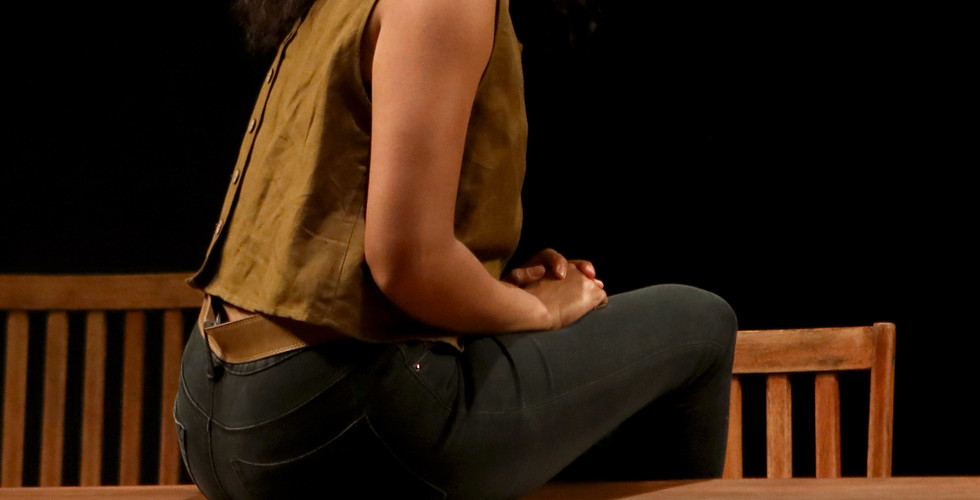Review: Table at the Seymour Centre
- Theatre Travels

- Jul 31, 2019
- 3 min read
By James Ong
Table follows the Best family across six generations, with the eponymous heirloom acting as a magnet for all the joys, fears and dramas tied to this bloodline. As I leave the Seymour Centre after the show, I find myself scanning my own home, picturing the furniture that has been infused with my family memory. While the table itself is effectively inconsequential, it acts as an easily accessible entry point for the audience to follow across this family epic that spans three different centuries.
There is a clear shift in the show between the two acts. The first half blitzes through several chapters in non-chronological fashion and lays multiple Best family tangents before us. The second half however, hones in on the character of Gideon, played from age 6 to late 60s by a committed and commanding Julian Garner. The narrowing of scope between the two acts allows us to build an even greater empathy for this chosen character, with the disparate plot threads converging.
A key element of Table is in its distinctly British setting and sensibilities and director Kim Hardwick insightfully navigates this. The focus of the show lies within the family dramas, but in the DNA lies a colonial and patriarchal context that rings sadly true to history and often peeps its way through today. A decent chunk of the show is spent in an African missionary convent where the Caucasian bubble is potent and male presence leans towards intimidating. This is then contrasted to the almost cliched adoption of an asian child and men diverging into either caustic and aggressive or meek and reclusive. Are we doomed to inherit the shortcomings of our ancestors? Is it natural to feel isolated despite being surrounded by family? Hardwick and playwright Tanya Ronder subtly lob these robust questions, without letting it halt the unfolding narrative.
An unfortunate issue that lingered throughout the production was the range of affected British accents. It was clear a lot of work went into building a varied and accurate reflection of different slices of British life, but the task of mastering two or three distinct English accents proved too much for most of the cast. Actors jumped between a range of inconsistent Yorkshire, Scouse, West Country and posh accents, an extremely difficult undertaking that became a challenge for the audience and indeed the actors themselves. One startlingly natural British voice shone through in Danielle King’s performance. Granted she is a Brit herself (and a RADA trained one at that). King’s several powerful characters were further heightened by authentic voice work, particularly in the character of Michelle, a frustrated and hurt single mother whose estranged husband attempts to reenter her life. This extended scene (against the equally powerful Garner) was the highlight of the show for me.
Set and costume designer Isabel Hudson, made thoughtful and very effective choices with the physical design of the show, crafting an intentionally understated and versatile space for multiple stories to unfold. The Reginald Theatre we see here is a far cry from the expansive set of Theatre Travel’s own Laramie Project from the year prior, with the bulk of the space wisely measured off with black curtains and flats to help the earth and wood tones of the costumes and the titular table to shine through. Hudson (and bespoke design company Feather Edge), built a beautifully rendered piece of family history, and my respect for the carpentry conveniently led to a respect for the dynasty it represents.
The musical design of the show was also a key point of joy for me. Nate Edmondson curated songs and composed some moving pieces of score that breathed a some mighty colour into the centuries spanning narrative. Score and soundtracks are not common in the Sydney theatre scene today, so Edmonson’s work here brings forth . While at times the variety of instrumentation used was eclectic (shifting from woodwind pieces to orchestras to piano segments and roaring choirs), Table has crafted an audio experience that is among the strongest I’ve seen in recent times.
And as a nice button on the end, we hear allusions to stories not told and marks on the table the remain unexplained. 2 hours is not long enough to encapsulate an entire family’s history, but what we can do is glimpse into the cracks and wonder what has been, and what is yet to come.
Photo Credit: Danielle Lyonn
All opinions and thoughts expressed within reviews on Theatre Travels are those of the writer and not of the company at large.


























